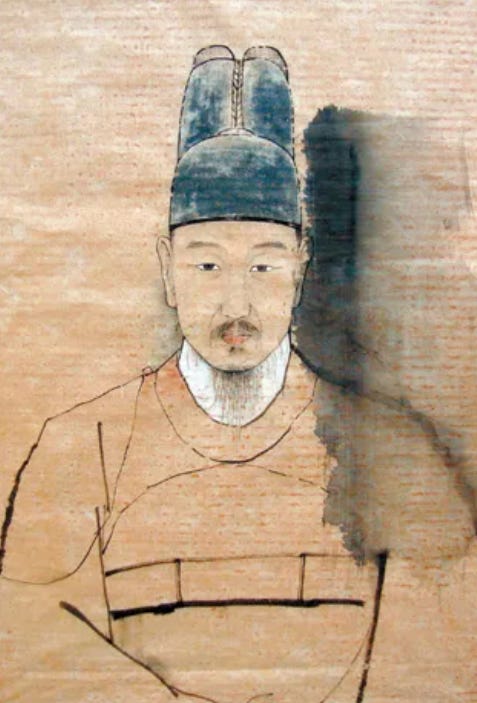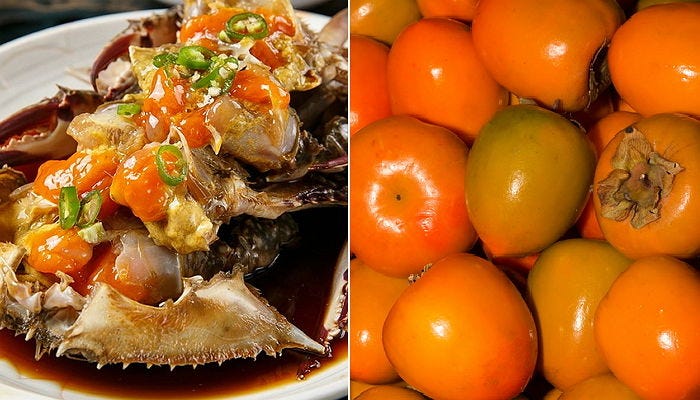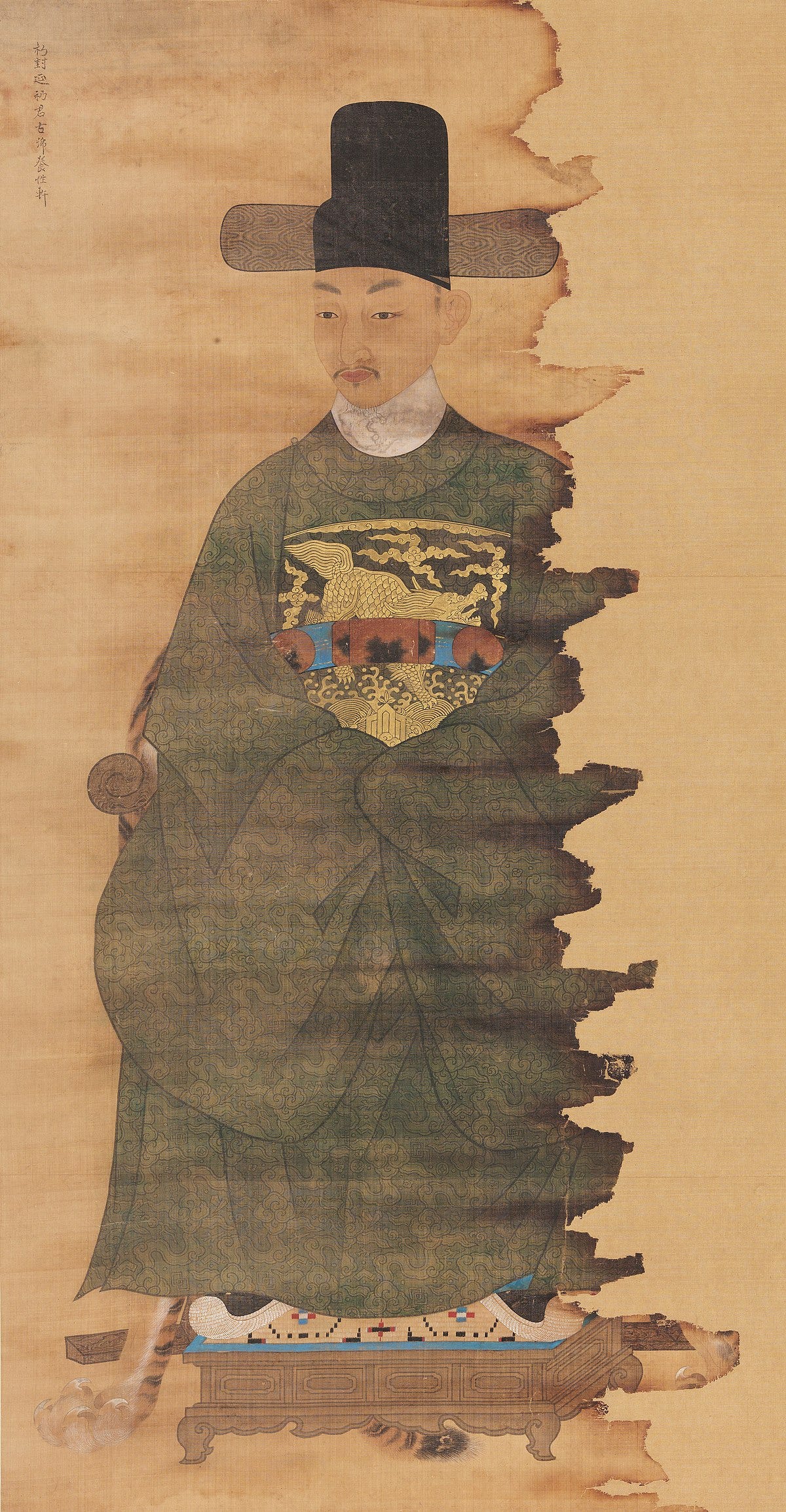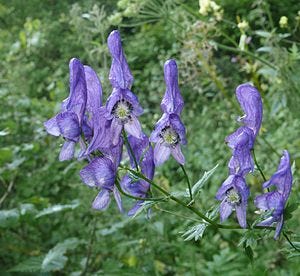From my last primogeniture posting, consider this Part 2 of the continuing story.
I’ll talk about the 20th King Kyong-jong today with respect to the mysterious circumstances under which he died because this ties in with the background story of one of the most tragic events of all Korean history that happens 38 years later.

Kyong-jong (경종) himself was a son of a concubine, although he was the firstborn son of Sook-jong (숙종), the 19th King. So, in the strictest terms of Korean primogeniture, he was not a jeok-jang-ja (적장자, prince who rightfully should succeed the throne). His biological mother was Lady Jang (장희빈), probably the most infamous character, other than the Kings, during the Joseon dynasty—story for another time. She was an Indong Jang, a direct ancestor of mine. No further comment on this matter…
Around the time of his birth (in fact, all of the late Joseon period), the political infighting among various factions was very fierce, sometimes violent, leaving Kings in precarious positions. Some officials were said to have been openly hostile toward the King, even sneering at times when he spoke. Then, it is only natural that Kings would have enemies, no matter which faction you align yourself with.
It’s important to note that Kyong-jong and the Crown Prince at the time (Prince Yon-ing), half-brothers, were each supported by different political factions, bitter rivals. Remember this point.
Records indicate that Kyong-jong was not a healthy man. He was reportedly obese (relatively speaking. remember, diet of most people at the time was vegetables and grains), weak, frequently ill all throughout his life, and was rumored to have been sterile. Questioning whether he was or not would have been a treasonous offense, and in fact he did not have any children, sons nor daughters, despite having two official wives. Also, (and this is a point that I personally have some experience with) he was said to have what’s called a “high body heat index” according to the principles of Oriental Medicine. It’s different from having your temperature rise from fever when you get sick or having a high blood pressure. I’ll get back to this point later.
The Book of Kyong-jong in the Veritable Records of Joseon Dynasty (조선왕조실록) writes,
… in August (lunar calendar, = late Sep. & early Oct.) of the 4th year of his reign (1724), he fell ill and could barely eat for the whole month. He was one day served geh-jang (게장, we can only assume that it’s the very popular Korean dish called gan-jang-geh-jang, “crab in soy sauce”) and persimmon. He suffered from diarrhea and soon after lost consciousness altogether…
According to one of the bibles of traditional Oriental Medicine called Bon-cho-gang-mok (본초강목, 本草綱目), it is inadvisable to eat crab (uncooked, at that) and persimmon together because both foods are of “cold nature” and will cause diarrhea of varying severity.
But doctors today say that while that’s true, for someone with high body heat index, it shouldn’t really pose a problem. Ok, makes sense… Unless, adds the doctor, that the geh-jang Kyong-jong ate was spoiled—it is one of the very few foods that tastes the same even when it’s gone bad.

After Kyong-jong fell unconscious, the Crown Prince at the time, Prince Yon-ing (연잉군), half-brother of Kyong-jong, ordered the royal court doctors to prescribe and serve tea made out of ginseng and something called “boo-ja (부자)” to the King, directly against the doctors’ recommendation.
Remember above that Kyong-jong had a “high body heat index?” I have the same thing. The Oriental Medicine doctor that my family goes to (he’s fixed a few of my mom’s and my issues with no intrusive procedures and without any side effects) told me that my “body heat index” is off-the-charts high and that I should NEVER intake anything that contains ginseng.
I had no idea when I first read about what had happened to Kyong-jong what a “boo-ja” was. It’s a word that means “rich person” but obviously that wasn’t the context in which the word was used. It’s wolfsbane, aka “queen of poisons,” that had been used in traditional Chinese medicine for certain things. Wolfsbane is currently prohibited to be imported, processed, farmed, or sold by the Korean government today. Whoa… And this was ordered to be served as a tea?!
I’ve written on numerous occasions that Joseon is sometimes called “the dynasty of records.” It left written records of just about everything. According to those records…
Kyong-jong ate geh-jang and persimmon on Aug. 19 (lunar calendar, = Oct. 5, 1724) and his illness suddenly got worse,
on the 24th (Oct. 10), he loses consciousness,
on the same day, Crown Prince Yon-ing orders the doctor to serve ginseng and boo-ja tea,
on the 25th (Oct. 11, 1724), Kyong-jong dies.

So, who is this Prince Yon-ing? He is the 21st King of Joseon, Young-jo (영조), who reigned for almost 52 years, the longest by a mile in Joseon’s 500-year history. This suspicion of Prince Yon-ing poisoning Kyong-jong never goes away and stays with Young-jo all during his reign. And he reportedly said years later the most mysterious thing when asked by a political rival whether he poisoned Kyong-jong.
어허, 아직도 그 얘기냐? 내가 한게 아니래도…
(You’re still talking about that after all these years? It wasn’t me…)
What do you suppose that means? Because in Korean, the last few words can be interpreted as “not me, but someone else...”
** notes: The matter is still a mystery. There are arguments made on both sides—causes of death being natural vs. being deliberately poisoned. I’ve left out some details on this discussion to keep the story compact, but there are some circumstantial evidence for poisoning, such as, before all this happened there were known instances of attempted poisoning by royal court servants, masterminded by Kyong-jong’s political rivals who happened to be Prince Yon-ing’s supporters.





Your Wolfsbane photo reminded me of the Monkshood that grows in our garden in Maine, so I looked it up: Wolfsbane vs Monkshood. I learned something today. "Wolf’s bane (also known as monkshood or aconite) can refer to many different species, but in particular those in the genus Aconitum. These perennial plants in the Buttercup family (Ranunculaceae) are native to the mountains across the Northern Hemisphere. Most are very poisonous and deadly."
https://carnegiemnh.org/wolfsbane/#:~:text=Wolf's%20bane%20(also%20known%20as,are%20very%20poisonous%20and%20deadly.
and
https://www.chicagobotanic.org/blog/plants_and_gardening/monsters_magic_and_monkshood#:~:text=Ancient%20Greeks%20hunted%20wolves%20by,the%20common%20name%20of%20wolfsbane.&text=While%20those%20hunting%20traditions%20were,a%20genuine%20fear%20in%20Europe.